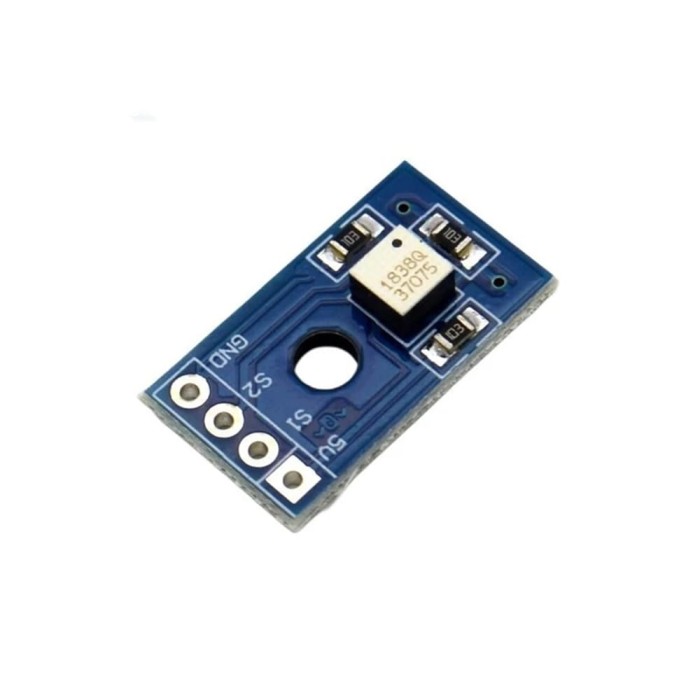RPI-1031 Angle Sensor
Volume discounts:
- +100 6 % $1.1700
- +300 9 % $1.1400
- +500 10 % $1.1200
- +1000 13 % $1.0900
 SV01A103AEA01R00 Dust-Proof Rotation Angle Sensor Module
Previous
SV01A103AEA01R00 Dust-Proof Rotation Angle Sensor Module
Previous

The RPI-1031 ANGLE SENSOR is a high-precision and versatile sensor that offers accurate and reliable angle measurement. With its advanced technology and compatibility with various microcontrollers, this sensor is suitable for a wide range of applications. It also has a compact and durable design, making it suitable for both indoor and outdoor use.
Equipped with a high-quality potentiometer and a digital output interface, the RPI-1031 ANGLE SENSOR can measure angles up to 360 degrees with an accuracy of 0.3 degrees. It also has a user-friendly interface and a variety of output modes, making it easy to integrate into your projects. With its affordable price and practical functionality, this sensor is a top choice for hobbyists and professionals in need of a reliable and versatile angle measurement solution. Upgrade to the RPI-1031 ANGLE SENSOR and bring accurate angle measurement to your projects.
Specification of RPI-1031 ANGLE SENSOR:
- Model : RPI-1031
- Length : 20 mm
- Height : 4 mm
- Width : 12 mm
- 4DOF Attitude HM Module
- Measures pitch, roll, and yaw angles
- Enables 4 Degrees of Freedom orientation sensing
Working principle of RPI-1031 ANGLE SENSOR:
- Realized through optical principles: there is one light-emitting diode and two photosensitive receiving transistors inside; in
addition, there is a cylindrical light shielding object. - Use a cylindrical light shield to block the LED and photosensitive receiver to detect the current
status of RPI-1031. - When RPI-1031 is in the state as shown in the figure, the light-emitting diode is blocked by the light shield, and the two
photosensitive receiving transistors cannot receive light and are in the off state. The corresponding output is low level, and the output
of both GPI port 0 is is low level - When the RPI-1031 rotates in the state as shown in the figure, one of the photosensitive transistors is blocked, and the light
emitted by the light-emitting diode can only be received by the upper photosensitive triode, which means that the upper photosensitive
triode is turned on, and the lower photosensitive triode is turned on. The photosensitive transistor is turned off, so that one of the two
GP10 port outputs is high level and the other is low level; - When the RPI-1031 continues to rotate and is in the state shown in the figure, there is no obstruction, the diode emits
light, and both photosensitive transistors can receive it, so both can be turned on, and the output of the two GP10 ports is high
level. ; - When the RPI-1031 continues to rotate and is in the state shown in the figure, this state is exactly the opposite of what is described in 4.
The high and low levels of the two GP10 port outputs are interchanged.





Please complete your information below to login.
Sign In
Create New Account